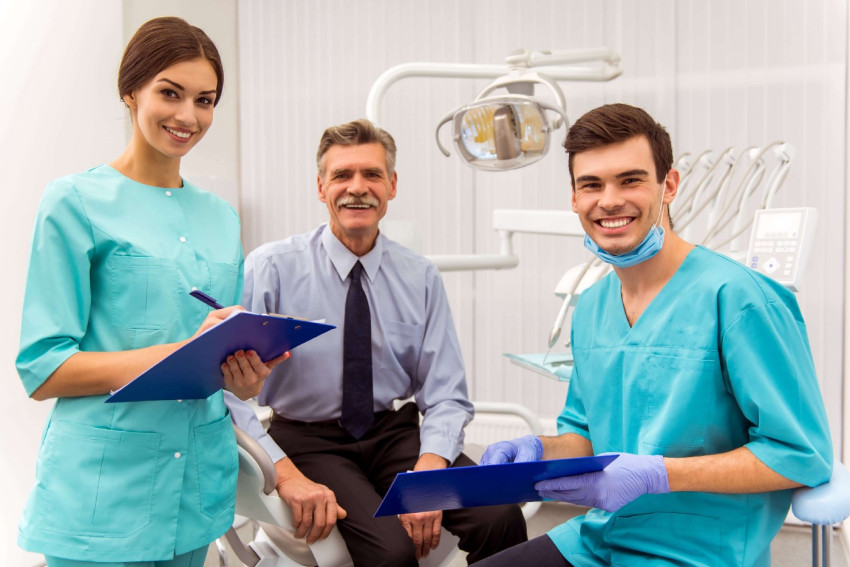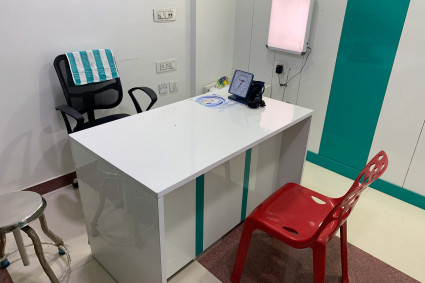
When attempting to restore a complete arch with a screw-retained implant prosthetic case, even a slight mismatch in the alignment of the implant interface access can present difficulties in the restorative process. To address these challenges, it is strongly recommended, and in some cases necessary, to utilize multi-unit abutments.
Biohorizons multi-unit abutments are specifically designed to accommodate a variety of angle corrections and are compatible with almost all implant platforms. By using multi-unit abutments, a consistent and secure fit can be achieved for all abutment sites, ensuring optimal alignment and minimizing any potential complications.
What Are Multi-Unit Abutments?
Abutments are metal connector pieces that link dental implants to dental prosthetics, allowing for the replacement of prosthetics without removing the entire implant. Multi-unit abutments (MUA) are specialized abutments commonly used with zygomatic dental implants and full arch replacements (all-on-four implants).
The availability of multi-unit abutments (MUA) encompasses a range of sizes and angles, which is determined by the specific type of dental implant being utilized. Common angles include 0°, 17°, 30°, and 45°, while some cases may offer specialty sizes like 52.5° and 60°. The various angles offered by multi-unit abutments (MUA) grant implant dentists increased flexibility during the placement of all-on-four implants.
What Are the Benefits of Your Multi-Unit Abutments?
- Improved alignment of implants and precise positioning of screw access holes
- Enhanced accuracy in taking impressions and better fit of the prosthesis by visualizing prosthetic connections
- Utilization of smaller screw access holes
- Creation of a consistent restorative platform across implants, leading to better restoration design and maintenance of soft tissues
- Easy removal of the restoration with minimal disruption to the surrounding soft tissues
The placement of Biohorizons multi-unit abutments occurs after the healing of the implant site and during the placement of the permanent restoration. The process begins by removing the healing abutment, which is easily accessible due to the design of the MUA. Subsequently, the appropriate abutment is placed into the implant and checked for proper fit. Once confirmed, the abutment is securely tightened in position.
The next step involves taking an oral impression or dental scan of the mouth to obtain the necessary information for the prosthetic. Sometimes, a conventional denture or bridge can be converted into an implant-supported denture or bridge. However, in other cases, a new restoration may need to be created from scratch.
It is important to note that using MUA has both advantages and disadvantages. These aspects should be thoroughly discussed with your implant dentist before surgery to ensure that the best decision is made for your dental health and aesthetic goals.





